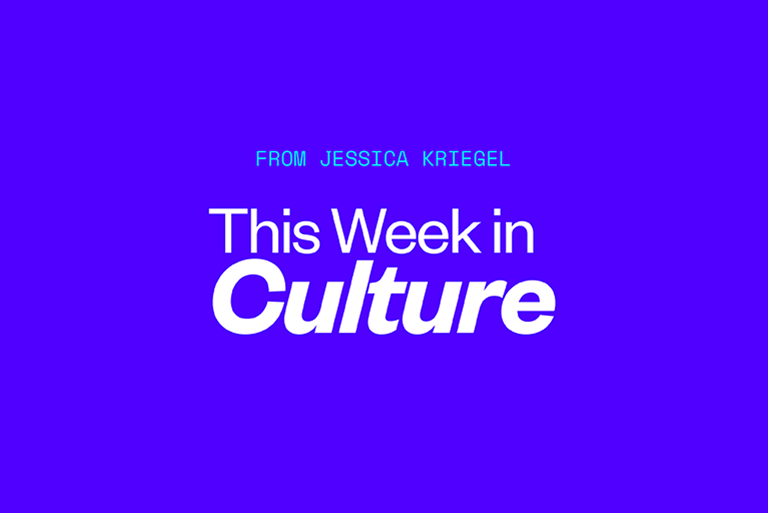Let’s dive into an intriguing workplace phenomenon known as “Coffee Badging.” This trend is reshaping the traditional office attendance model, and it’s something every CEO and leader should be aware of.
What is Coffee Badging?
According to this recent CNBC article, employees across the U.S. are redefining their office presence. They show up at the office for their morning coffee, earning an “imaginary badge” for attendance, and then head back home to work for the rest of the day. The concept might seem unconventional, but it’s gaining traction.
The Flexibility Factor
More than half of hybrid workers, about 58%, admit to engaging in coffee badging, while an additional 8% are interested in trying it. This practice offers employees the flexibility they crave. It allows them to maintain their flexible schedules, which is increasingly important for work-life balance. It also placates the people who are forcing people back into the office. Coffee Badging is the new Hush Trip.
Finding Balance
From the employee perspective, coffee badging addresses the challenge of balancing various responsibilities. Parenting and pursuing an education, work and doctor’s appointments can now work with the workday. They have the flexibility to see people in person in the office, attend to personal matters during lunch, and complete their tasks from the comfort of home. This newfound flexibility has proven to enhance productivity and improve overall work-life balance.
The Importance for CEOs
So, why should CEOs and leaders pay attention to coffee badging? This trend aligns with the evolving landscape of work. Employees are seeking a blend of in-person interactions and remote flexibility. Embracing this trend can have several advantages:
- Engaged Workforce: Offering flexibility can result in a more content and engaged workforce.
- Team Collaboration: When employees come into the office, even if only for part of the day, it can foster collaboration and team-building.
- Talent Attraction and Retention: In a competitive job market, providing flexibility can help attract and retain top talent.
Trust and Productivity
Some leaders, unfortunately, see this as “cheating.” I know of one organization that is installing a surveillance system in their office to curb coffee badging (they will remain nameless!)
I encourage leaders to embrace this shift. It’s crucial to address trust issues that may arise between employers and employees concerning productivity. Micromanaging through office attendance monitoring can erode trust. Instead, creating a culture of accountability and setting clear performance expectations can make all the difference.
The coffee badging trend, in a nutshell, is a sign of a shifting workplace. Employees are seeking a balance between in-person and remote work. Recognizing this trend and creating a workplace culture that values productivity and employee well-being is essential for any organization.
“Coffee Badging” provides a poignant illustration of the ever-evolving nature inherent to the business realm. I had the opportunity to address this very topic during one of my recent keynote presentations.
https://www.linkedin.com/feed/update/urn:li:activity:7113915593971441664/
Elsewhere In Culture
The Future of Mental Health at Work Is Safety, Community, and a Healthy Organizational Culture
This article delves into the ever-evolving realm of workplace mental health, particularly in light of recent global events like the pandemic and social justice movements. It’s like a snapshot of the shifting sands, showing how employers have taken steps to address mental health, from offering meditation apps to mental health days. However, it also points out a critical gap – these measures aren’t enough.
What’s emerging is a profound change in how employees view mental health at work. It’s not just about individuals seeking therapy or self-care; they’re now clamoring for something deeper. The crux of it? A mentally healthier company culture. People want workplaces where well-being isn’t just a buzzword but a fundamental, collective responsibility. In the context of company culture, this means that the importance of psychological safety and supportive cultures has never been clearer. It’s a shift from merely relying on therapy and self-help to a focus on nurturing a healthy organizational culture. The takeaway? To truly support employees’ well-being, companies must re-envision their workplaces collectively and tackle the very roots of their work environment, including safety, autonomy, and belonging. In essence, the future of mental health at work centers on creating an environment where employees feel secure, connected, and valued, emphasizing the power of a healthy company culture in supporting their well-being.
While “chaos” might not typically be synonymous with enhancing company culture or mental health, this next article has encouraged me to think bigger.
Why Chaos Might Be The Missing Piece In Your Company Culture
This article highlights the importance of nurturing company culture, emphasizing that there is no one-size-fits-all approach. It draws insights from Rivian, where they employ unique strategies to sustain their culture. Key practices include deliberate hiring and onboarding processes that are culture-centric, monthly meetings between the CEO and new hires solely focused on culture, and quarterly “Recharge Meetings” that emphasize the ‘how’ elements of culture. Such practices make it clear that culture should be ingrained from the moment someone joins the organization and be continuously reinforced.
Rivian’s HR chief, Elma Russell, places a strong emphasis on behaviors that define their culture. These behaviors, like receiving feedback and humility, are critical components of their culture. Russell believes that to receive feedback effectively, employees must be equipped with the skills to do so. The same goes for humility, which promotes an open, collaborative, and curious work environment. These insights reflect the idea that company culture isn’t just about fancy mission statements but is rooted in tangible behaviors and continuous learning, which ultimately shape the organizational environment in which employees thrive. It’s a reminder that a vibrant and enduring company culture is a deliberate and dynamic effort.

